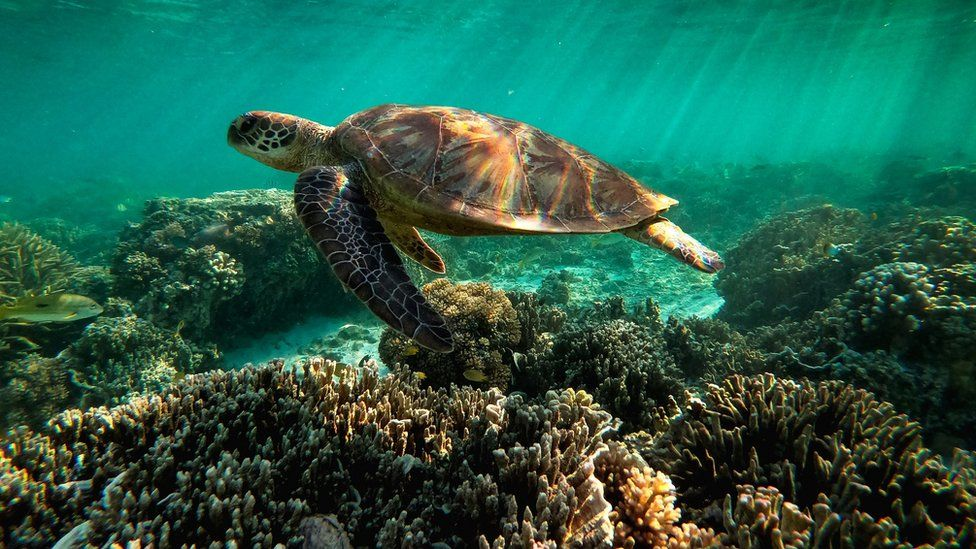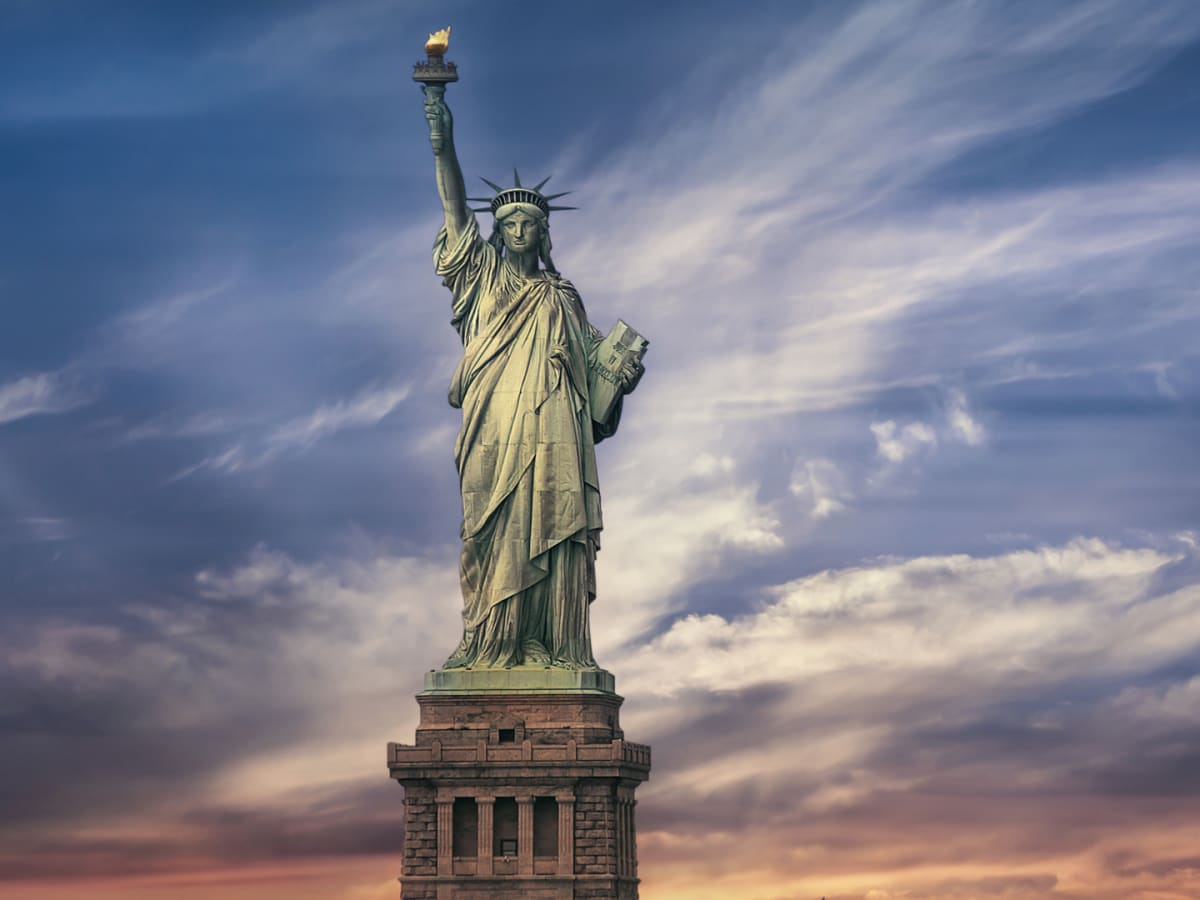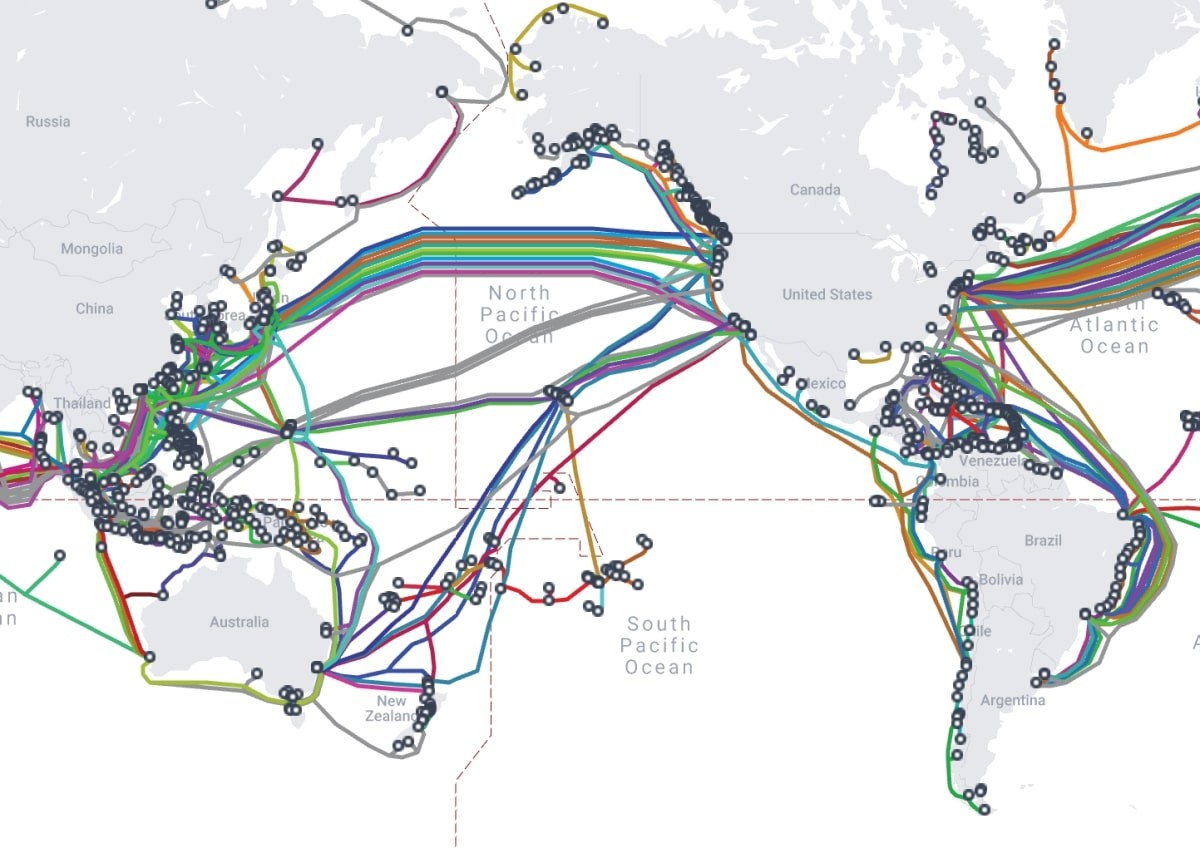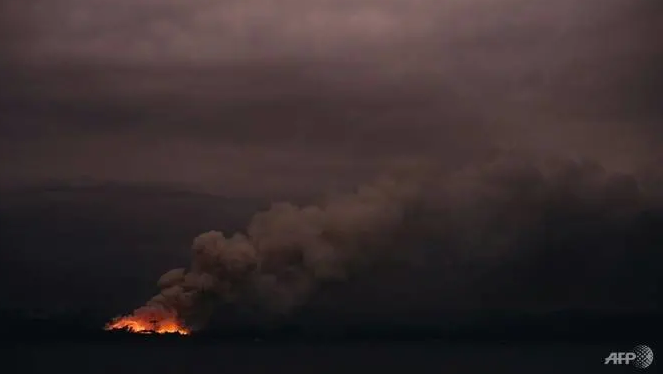The Best "Bucket List" Travel Experiences in South America
| The Most "Bucket List" Travel Experiences In Oceania | |
| The Most "Bucket List' Travel Experiences in North America | |
| The Best Travel Destinations And Attractions In Asia For Tourists |
South America, fourth largest of the world’s continents. It is the southern portion of the landmass generally referred to as the New World, the Western Hemisphere, or simply the Americas. The continent is compact and roughly triangular in shape, being broad in the north and tapering to a point—Cape Horn, Chile—in the south.
South America is bounded by the Caribbean Sea to the northwest and north, the Atlantic Ocean to the northeast, east, and southeast, and the Pacific Ocean to the west. In the northwest it is joined to North America by the Isthmus of Panama, a land bridge narrowing to about 50 miles (80 km) at one point. Drake Passage, south of Cape Horn, separates South America from Antarctica.
Online interest is focused on outdoor activities in South America, too.
Hiking to Macchu Picchu
Machu Picchu is a 15th-century Inca citadel, located in the Eastern Cordillera of southern Peru, on a 2,430-meter (7,970 ft) mountain ridge. It is located in the Machupicchu District within Urubamba Province above the Sacred Valley, which is 80 kilometers (50 mi) northwest of Cuzco. The Urubamba River flows past it, cutting through the Cordillera and creating a canyon with a tropical mountain climate.
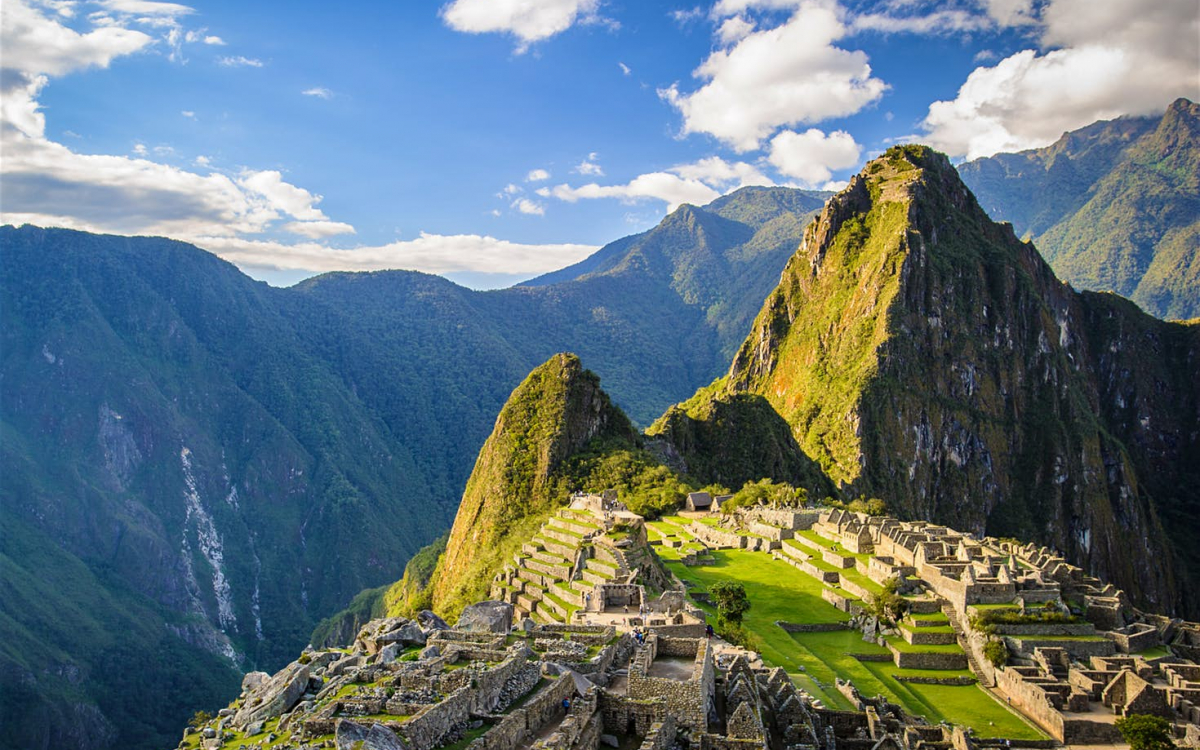 |
| Photo: Getty Images |
Most archeologists believe that Machu Picchu was constructed as an estate for the Inca emperor Pachacuti (1438–1472). Often mistakenly referred to as the "Lost City of the Incas", it is the most familiar icon of Inca civilization. The Incas built the estate around 1450 but abandoned it a century later at the time of the Spanish conquest. Although known locally, it was not known to the Spanish during the colonial period and remained generally unknown to the outside world until American historian Hiram Bingham brought it to international attention in 1911.
Machu Picchu was built in the classical Inca style, with polished dry-stone walls. Its three primary structures are the Intihuatana, the Temple of the Sun, and the Room of the Three Windows. Most of the outlying buildings have been reconstructed in order to give tourists a better idea of how they originally appeared. By 1976, 30% of Machu Picchu had been restored and restoration continues.
Machu Picchu was declared a Peruvian Historic Sanctuary in 1981 and a UNESCO World Heritage Site in 1983. In 2007, Machu Picchu was voted one of the New Seven Wonders of the World in a worldwide internet poll.
Seeing the wildlife of the Galapagos Islands
The Galapagos Islands are a bucket-list destination for good reason: Thanks to a lack of natural predators, friendly wildlife such as playful sea lions and gigantic sea tortoises let visitors get up close and personal. This archipelago of about 19 islands and many smaller islets sprinkled 620 miles off Ecuador’s coast in the Pacific Ocean is a double World Heritage site (both land and sea are protected) and served as the inspiration for Charles Darwin’s Theory of Evolution. Each island boasts its own unique landscape, ranging from barren black, volcanic rocks to swaths of white sand beaches melting into gemstone-blue waters.
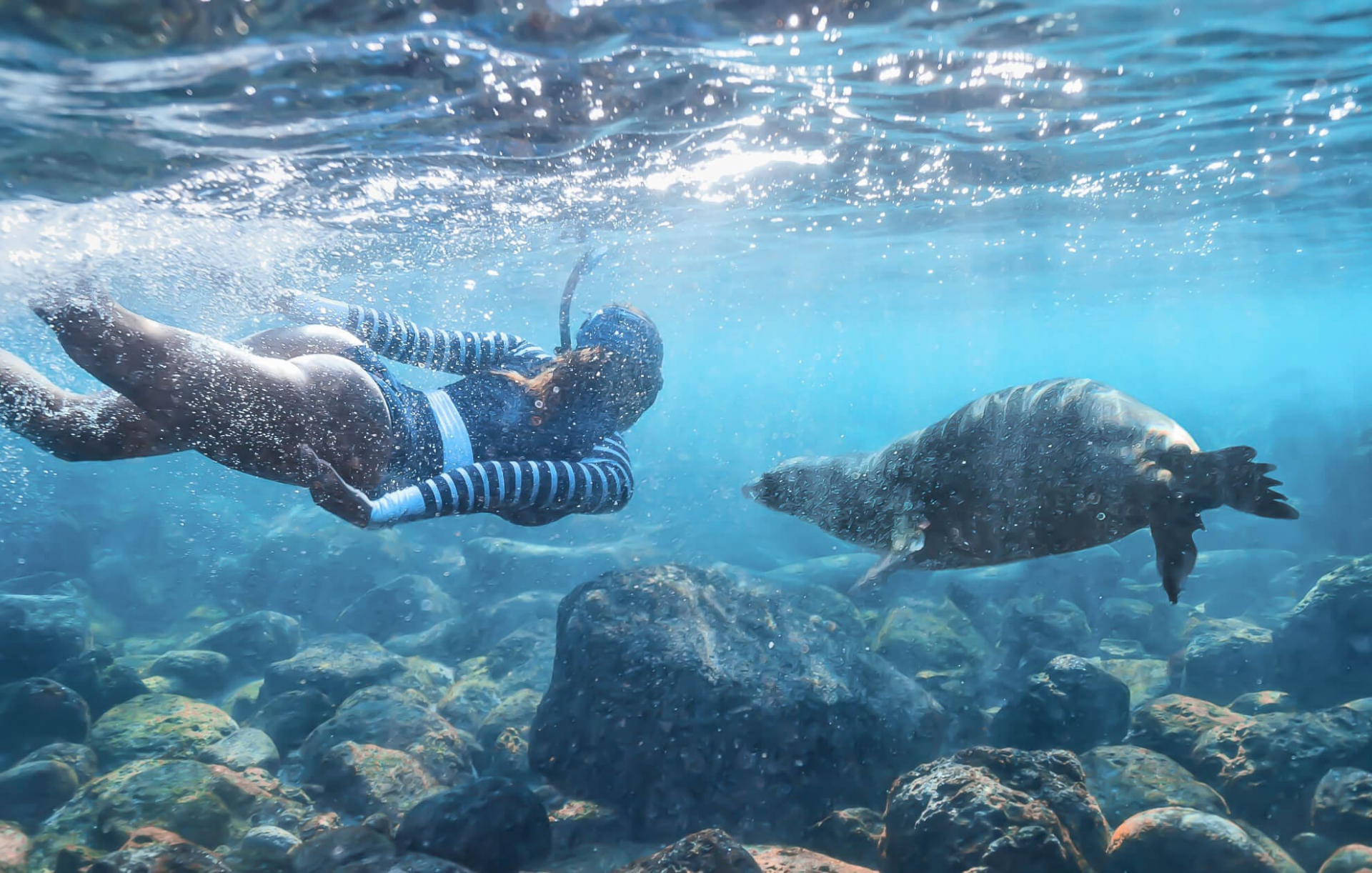 |
| Photo: Contiki |
Visits to most of the islands aren’t allowed without a guide licensed with the Galapagos National Park. You can book day trips to some of the islands from the main tourist hub of Puerto Ayora in Santa Cruz, but taking a cruise on a small yacht is the best way to see the more remote islands and wildlife in the Galapagos. The national park restricts the size of boats to 100 passengers, but even 100 can overload a beach when disembarking all at once. Ideal tour boats take only small groups, such as 16 to 32 passengers. Adventure Life is a sustainable travel company that books small cruises, as well as land-based hiking trips, eco-hotels, multi-sport tours, and dive excursion add-ons.
Experiencing the biodiversity of Costa Rica
Costa Rica was sparsely inhabited by indigenous peoples before coming under Spanish rule in the 16th century. It remained a peripheral colony of the empire until independence as part of the First Mexican Empire, followed by membership in the Federal Republic of Central America, from which it formally declared independence in 1847. Following the brief Costa Rican Civil War in 1948, it permanently abolished its army in 1949, becoming one of only a few sovereign nations without a standing army.
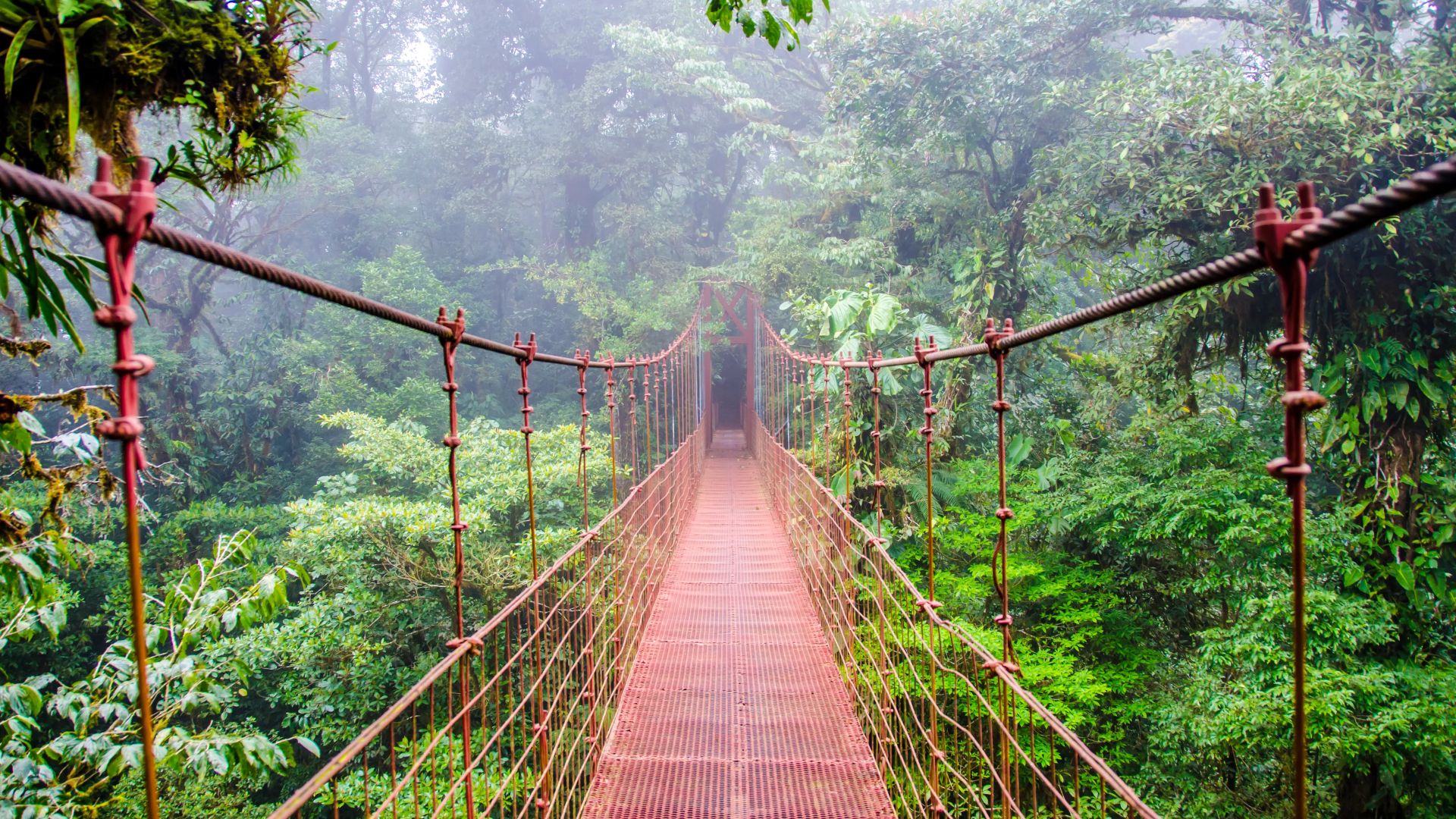 |
| Photo: Natucatate |
The country has consistently performed favorably in the Human Development Index (HDI), placing 62nd in the world as of 2020, and fifth in Latin America.[9] It has also been cited by the United Nations Development Programme (UNDP) as having attained much higher human development than other countries at the same income levels, with a better record on human development and inequality than the median of the region. It also performs well in comparisons of the state of democracy, press freedom and subjective happiness. It has the 7th freest press according to the Press Freedom Index, it is the 37th most democratic country according to the Freedom in the World index and it is the 12th happiest country in the World Happiness Report.
Walking on Bolivia’s Salar de Uyuni (salt flats)
Bolivia’s Salar de Uyuni is considered one of the most extreme and remarkable vistas in all of South America, if not Earth. Stretching more than 4,050 square miles of the Altiplano, it is the world’s largest salt flat, left behind by prehistoric lakes evaporated long ago. Here, a thick crust of salt extends to the horizon, covered by quilted, polygonal patterns of salt rising from the ground.
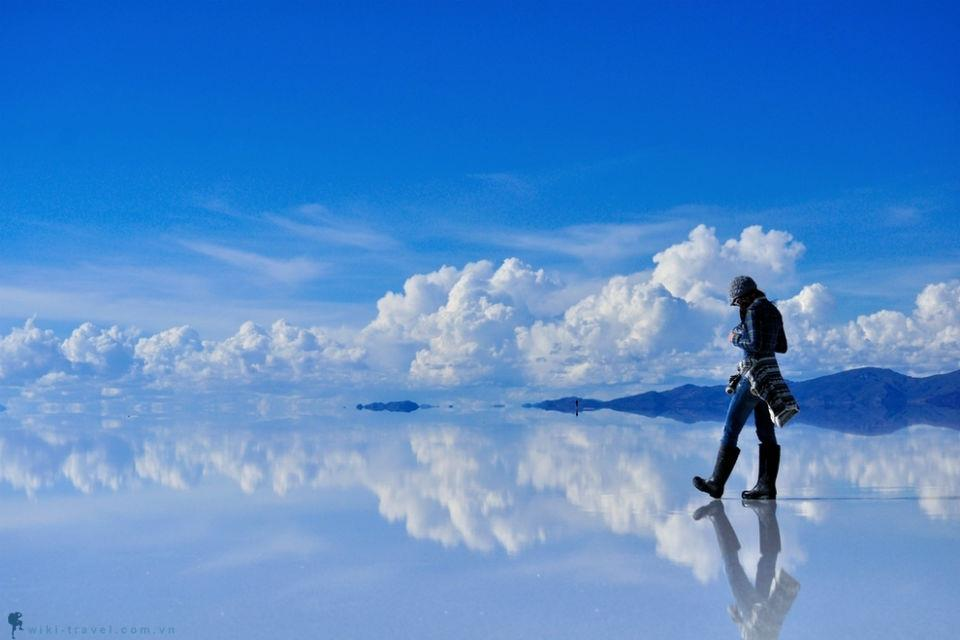 |
| Photo: Vietravel |
At certain times of the year, nearby lakes overflow and a thin layer of water transforms the flats into a stunning reflection of the sky. This beautiful and otherworldly terrain serves as a lucrative extraction site for salt and lithium—the element responsible for powering laptops, smart phones, and electric cars. In addition to local workers who harvest these minerals, the landscape is home to the world's first salt hotel and populated by road-tripping tourists.
Visiting the Iguazu Falls where Argentina, Brazil and Paraguay meet
The Iguazu National Park consists of two national parks, one in Foz de Iguazu (Brazil) and the other one in Puerto Iguazu (Argentina). The curious thing is that although one only sees the falls as the main attraction, the park has a size of 252,982 hectares (67,720 on the Argentine side and 185,262 on the Brazilian side).
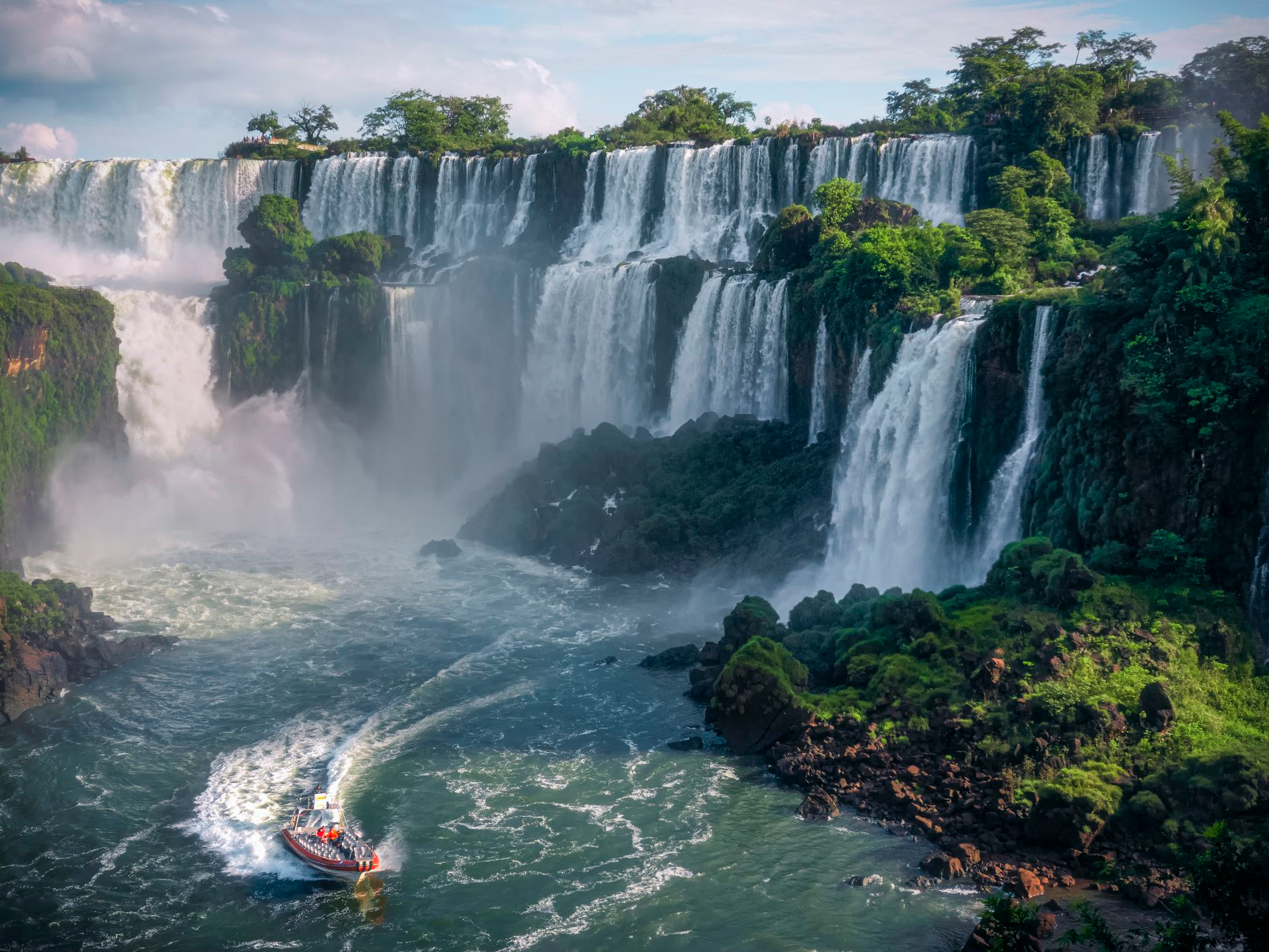 |
| Photo: TripSavvy |
These falls in Argentina and Brazil managed to attract so much attention that almost at the same time they were declared National Parks (1934 in Argentina and 1939 in Brazil). And after some years and millions of visitors fascinated by the landscape and the sound of this natural attraction, UNESCO declared them as World Heritage Site in 1984, and reaffirmed as Exceptional Universal Value (their cultural and nature it’s so important that it’s conservation should be of worldwide interest) in 2013.
Why are they so famous? It is enough to just see photos and videos to be amazed by its beauty. But it is not only about tourism: the Iguazu National Park is home to many species of animals and flora that create an important natural ecosystem connected to all Latin America.
Seeing the Moai statues of Easter Island
Moai statues are massive megaliths at Easter Island, and these are what this island is famous for. The moais were built in approximately 1400 - 1650 A.D. by the natives of this island also known as Rapa Nui.
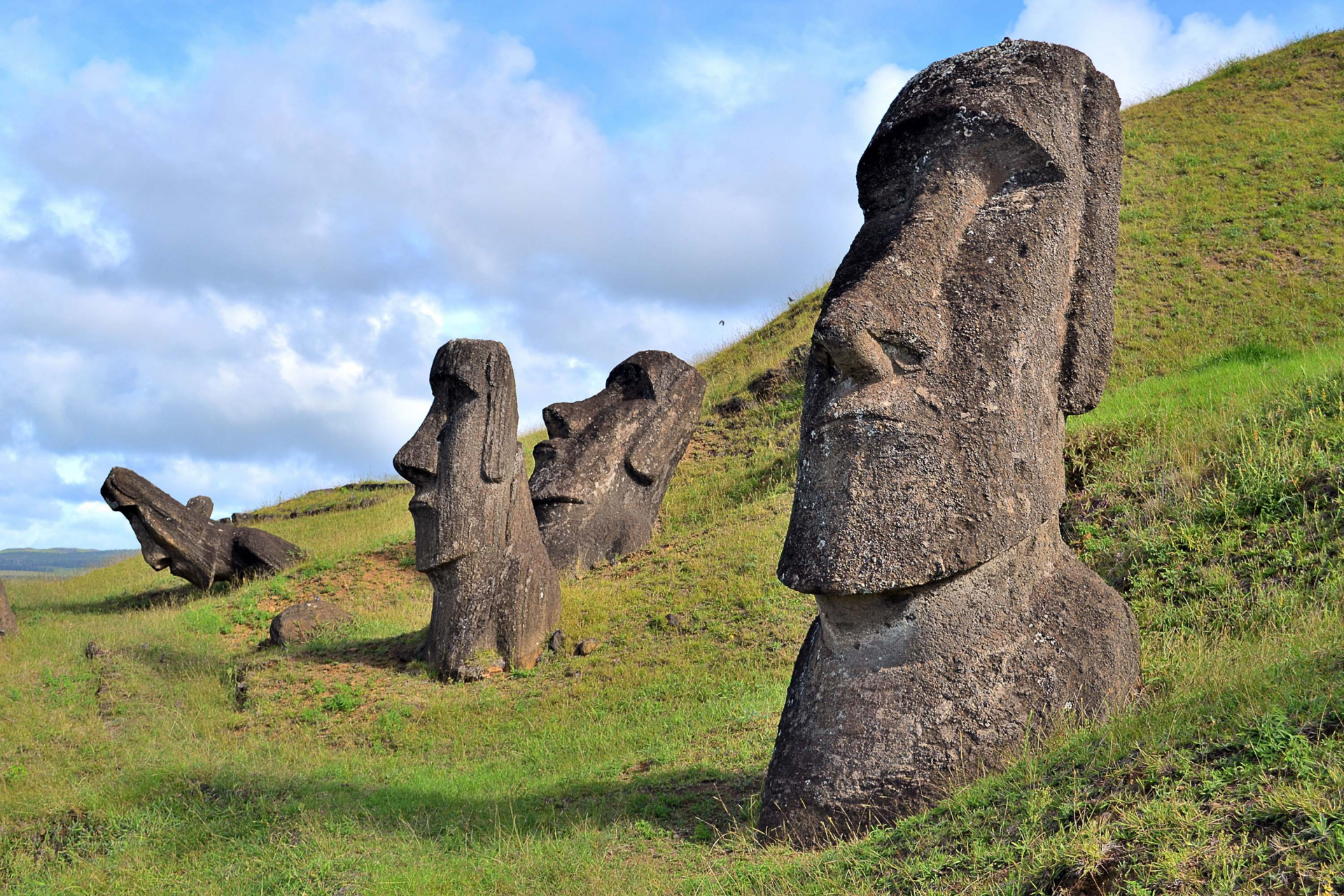 |
| Photo: CNN |
Many know them as the Easter Island heads. This is a misconception from having seen photos of statues in the volcano Rano Raraku partitially covered up with soil. Truth is that all of these "heads" have full bodies.
There are around 1000 statues, up to 86 tons tons in weight and 10 m in height, though average is around half of that. 95% of the moais were carved from the volcano Rano Raraku. This location was chosen since it consists to a great extent of tuff, which is what the moais from this volcano consist of. Tuff is compressed volcanic ash and is easy to carve, which was necessary since the natives had no metal to carve with, but used only stone tools; the so called toki.
Exploring Patagonia
On South America’s southern frontier, nature grows wild, barren and beautiful. Spaces are large, as are the silences that fill them. For the newly arrived, such emptiness can be as impressive as the sight of Patagonia’s jagged peaks, pristine rivers and dusty backwater oases. In its enormous scale, Patagonia offers a wealth of potential experiences and landscapes.
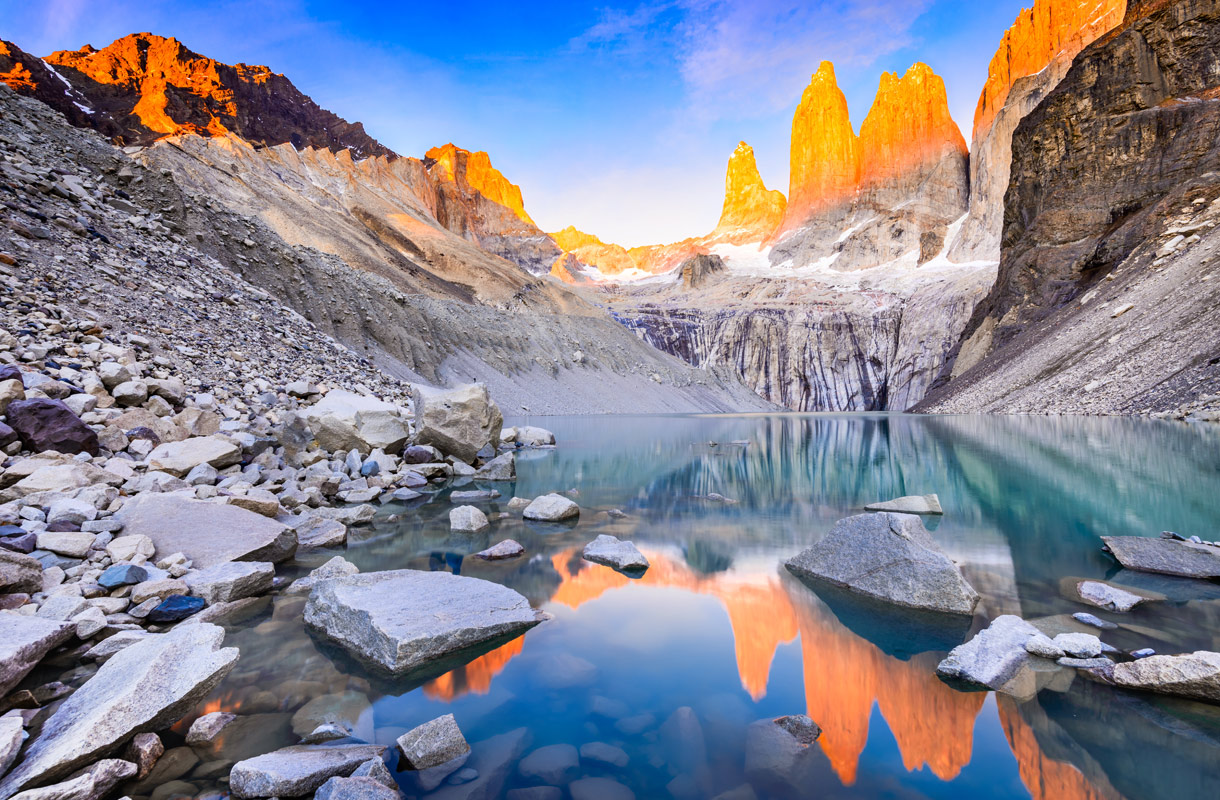 |
| Photo: Getty Images |
Though now mostly paved, lonely RN 40 remains the iconic highway that stirred affection in personalities as disparate as Butch Cassidy and Bruce Chatwin. On the eastern seaboard, paved RN 3 shoots south, connecting oil boomtowns with ancient petrified forests, Welsh settlements and the incredible Península Valdés. Then there is the other, trendy Patagonia where faux-fur hoodies outnumber the guanacos. Don’t miss the spectacular sights of El Calafate and El Chaltén, but remember that they’re a world apart from the whistling solitude of the steppe.
Sandboarding in Huacachina in Peru
Huacachina is a village built around a small oasis and surrounded by sand dunes in southwestern Peru. It is about five kilometers from the city of Ica in the Ica District of Ica Province. The oasis was introduced as a feature on the back of the 50 nuevo sol note in 1991. Huacachina has a permanent population of around 100 people, although it hosts many tens of thousands of tourists each year.
Huacachina is built around a small natural desert lake, commonly referred to as the "oasis of America". According to local legends, the water and mud of the area is therapeutic. Both locals and tourists often bathe in the waters or cover themselves with the mud in an attempt to cure ailments such as arthritis, rheumatism, asthma and bronchitis.
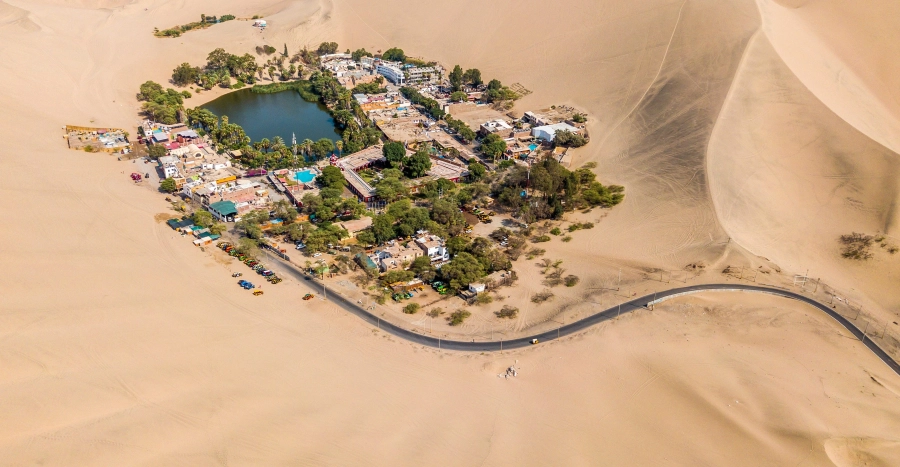 |
| Photo: Travellive |
Legend holds that the lagoon was created when a beautiful native princess removed her clothes to bathe, but after looking in a mirror she saw a male hunter approaching her from behind. Startled at the intrusion, she fled the area, leaving behind her mirror, which turned into a lake.[6] Other versions hold that she fled, leaving the pool of water she had been bathing in to become the lagoon. The folds of her mantle, streaming behind her as she ran, became the surrounding sand dunes. The woman herself is rumoured to still live in the oasis as a mermaid. The lake was created by natural seepage from the underground aquifers, but the increase in well-drilling started to threaten that supply in the early 2000s. To compensate for this loss, and preserve the oasis as a destination for tourists, local business groups began pumping water into the lake in 2015.
Seeing the Amazon rainforest
The Amazon rainforest, alternatively, the Amazon jungle[a] or Amazonia, is a moist broadleaf tropical rainforest in the Amazon biome that covers most of the Amazon basin of South America. This basin encompasses 7,000,000 km2 (2,700,000 sq mi), of which 5,500,000 km2 (2,100,000 sq mi) are covered by the rainforest. This region includes territory belonging to nine nations and 3,344 formally acknowledged indigenous territories.
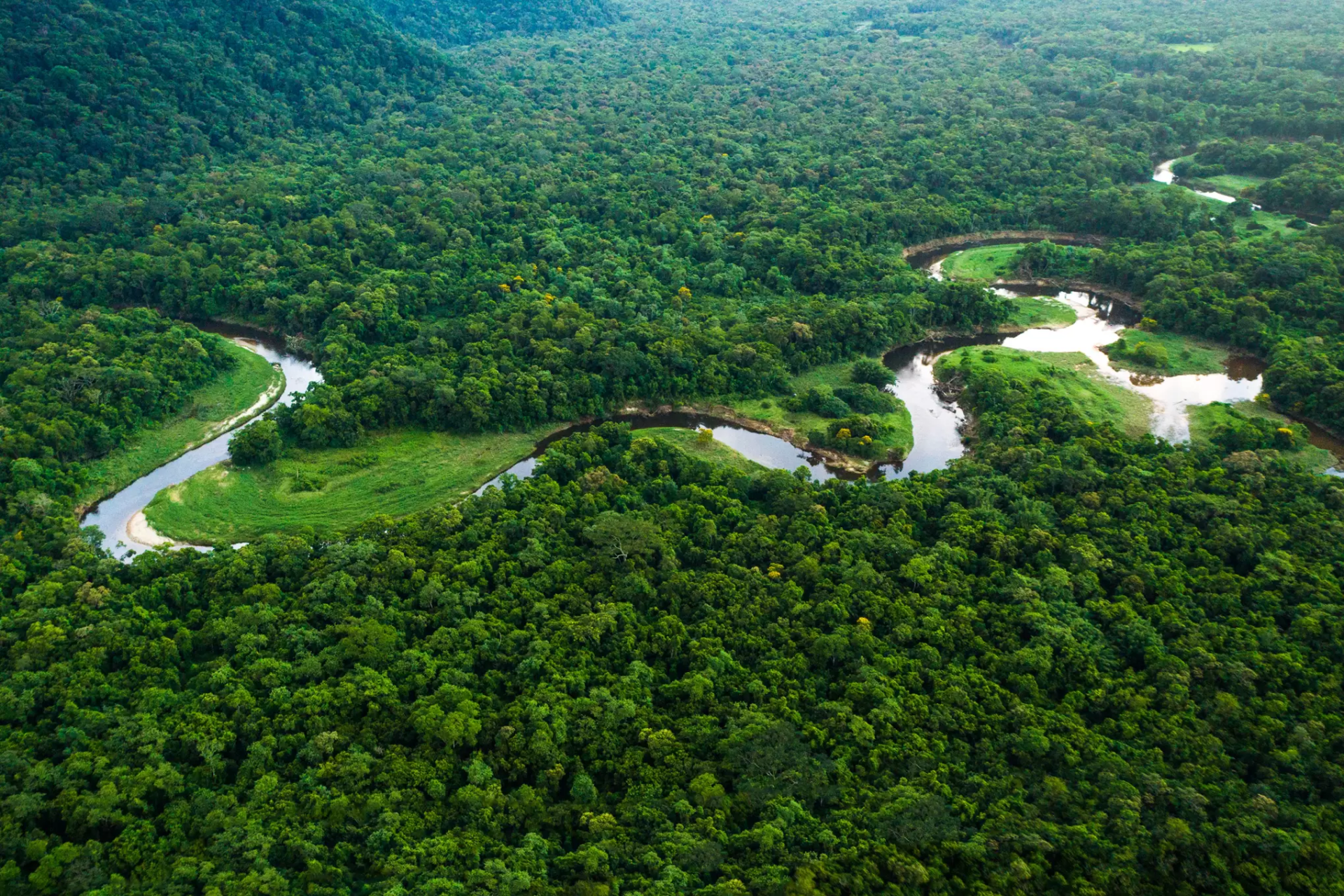 |
| Photo: Getty Images |
The majority of the forest is contained within Brazil, with 60% of the rainforest, followed by Peru with 13%, Colombia with 10%, and with minor amounts in Bolivia, Ecuador, French Guiana, Guyana, Suriname, and Venezuela. Four nations have "Amazonas" as the name of one of their first-level administrative regions, and France uses the name "Guiana Amazonian Park" for its rainforest protected area. The Amazon represents over half of the planet's remaining rainforests, and comprises the largest and most biodiverse tract of tropical rainforest in the world, with an estimated 390 billion individual trees divided into 16,000 species.
More than 30 million people of 350 different ethnic groups live in the Amazon, which are subdivided into 9 different national political systems and 3,344 formally acknowledged indigenous territories. Indigenous peoples make up 9% of the total population with 60 of the groups remaining largely isolated.
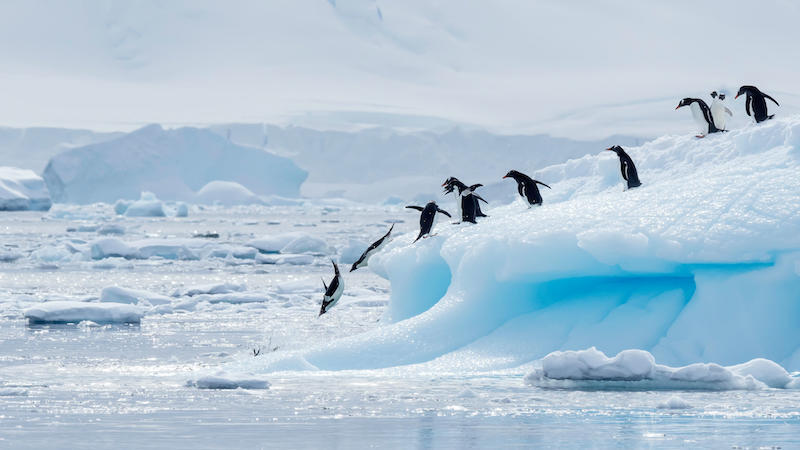 | The Best "Bucket List" Travel Expriences In Antarctica Antarctica, one of the coldest place, is where adventurous people go visit and marvel at its majestic beauty. No place on Earth compares to this ... |
 | Vietnamese 'Santa' Delivers Tet Gifts To Needy Children During the previous Tet season, when people are reunited with their family, one Vietnamese person traveled alone from the South to the North, sending gifts ... |
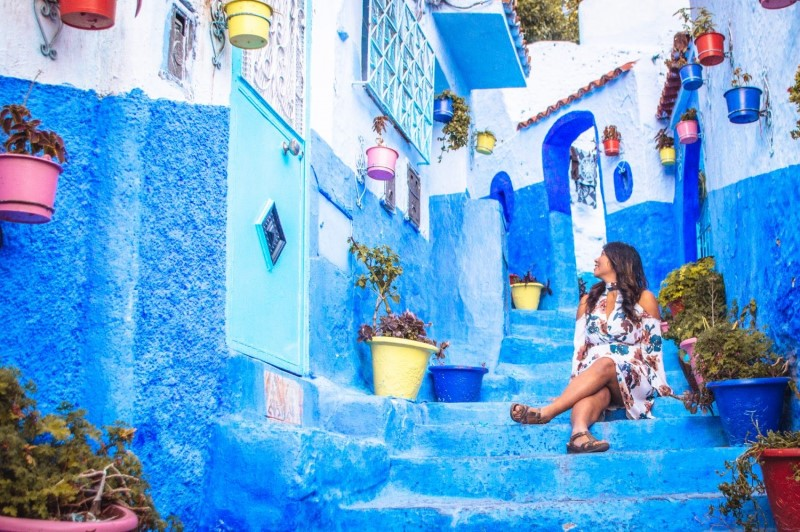 | Most Famous "Bucket List" Destinations For Tourists By Continent According to Unforgettable Travel, more than hundred desinations have been listed as the most popular "bucket list" travel experiences in the world and by the ... |
Recommended
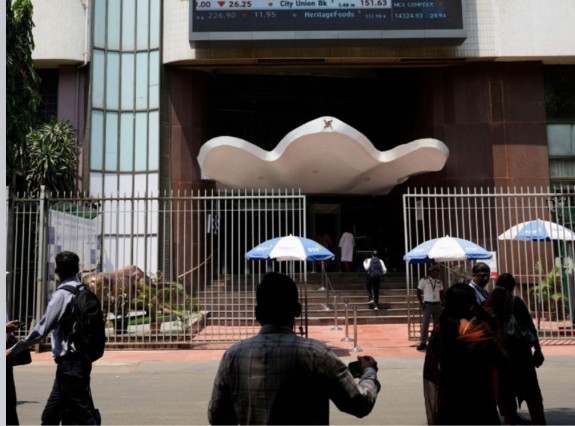 World
World
India’s Crucial Role in Canada’s Economic Well-being and Prosperity
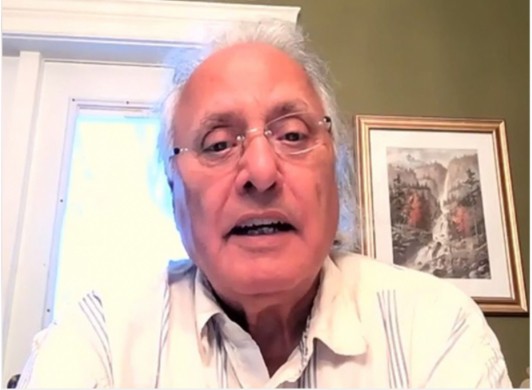 World
World
G7 Summit marks turning point in India-Canada relations, says former minister Ujjal Dosanjh
 World
World
India reports 9 Pakistani Aircraft Destroyed In Operation Sindoor Strikes
 World
World
Thailand Positions Itself As a Global Wellness Destination
Popular article
 World
World
Indonesia Accelerates Procedures to Join OECD
 World
World
South Korea elects Lee Jae-myung president
 World
World
22nd Shangri-La Dialogue: Japan, Philippines boost defence cooperation
 World
World

